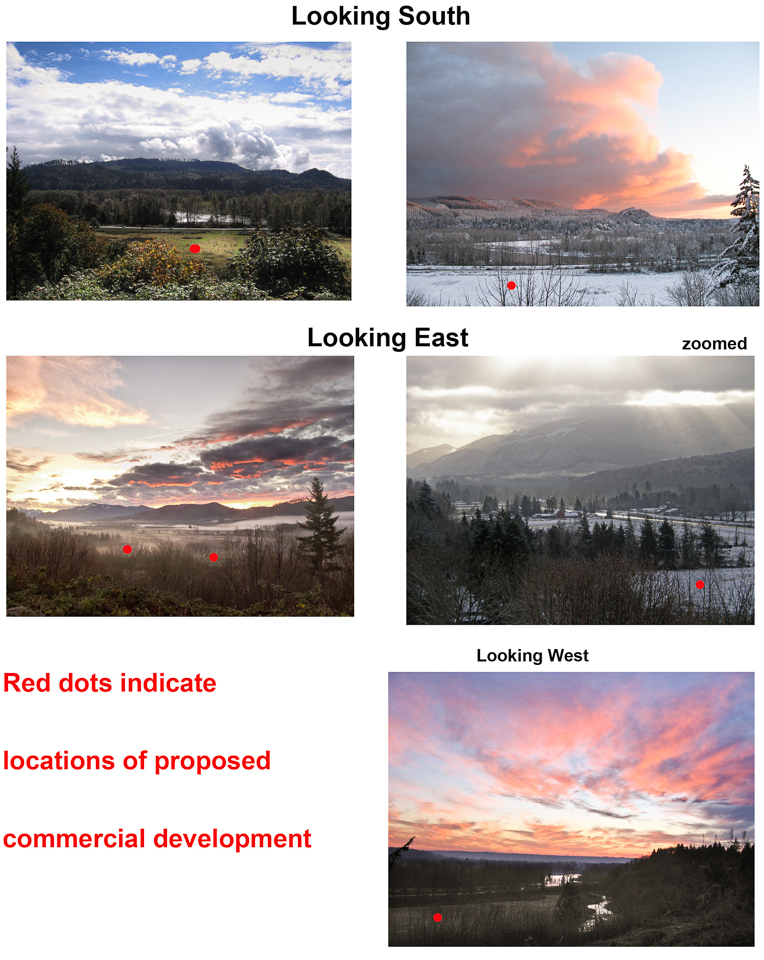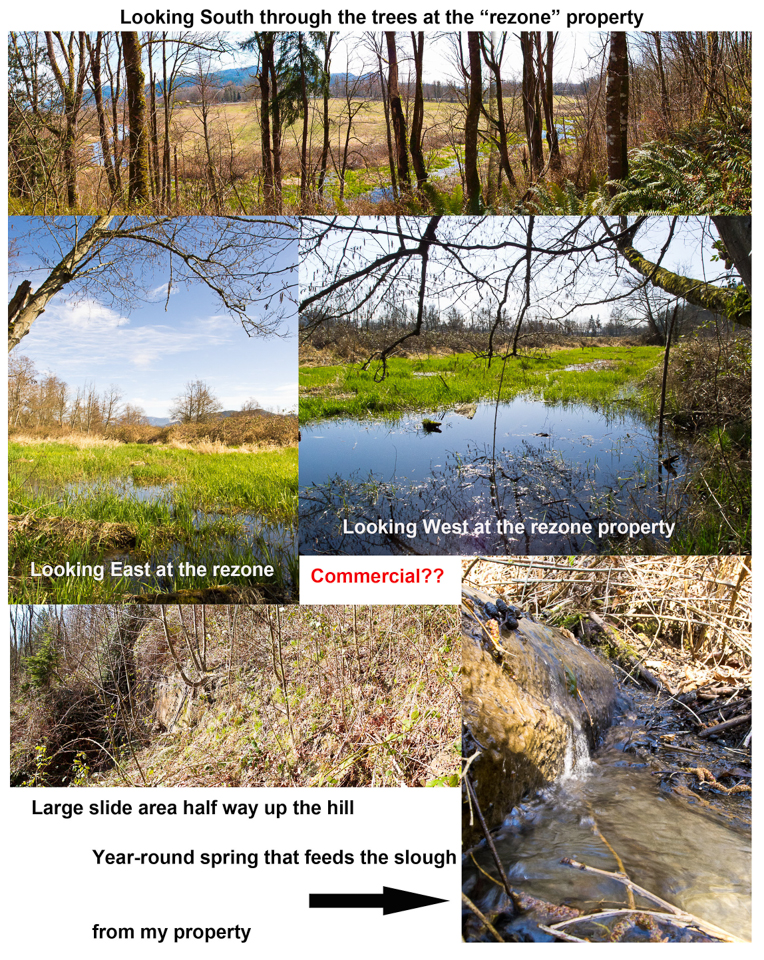If you haven’t been following the rezone issue in this blog and you want the skinny, just put “East Monroe” in the search box above and you will get my previous posts on the subject.
Me—giant sigh of relief.
The Growth Management Hearings Board issued their finding on April 1st. Fortunately, it was not an April Fool’s joke. The ruling did reaffirm how foolish the advocates of this rezone have been, spending many hundreds of thousands of public and private dollars over the last five years trying to sidestep the science, economics and public interest at issue in this rezone. This was a private party rezone from Limited Open Space (as it was purchased by the party) to General Commercial—a rezoning for which there was no actual development project to consider.
I was, of course, ecstatic that the Board once again invalidated the rezone in their 57 page decision, but I was all the more pleased that two of the three Hearings Board members felt compelled to go beyond the required decision and add their own “concurrence” statements. That of Board Member Pflug goes right to the heart of the years of frustration I experienced documenting the complete BS being offered up by the City and the property owner’s hired “expert” consultants.
If you are interested, here is that concurrence:
CONCURRENCE OF BOARD MEMBER PFLUG
I concur with the conclusion that the City’s rezone of the Property fails to comply with the requirements of SEPA in the respects identified in the decision above. I write concerning public involvement with the SEPA process. Both Ordinance 015/2015 and 016/2015, re-adopting the East Monroe rezone and map amendment, recite identical Findings, including Finding 18, which states:
During the course of the SEIS process … there was no expert testimony that refutes, undermines or otherwise contradicts PACE’s supplemental environmental analysis that was received by the City.
WAC 197-11-030 states that agencies shall, to the fullest extent possible,
“[e]ncourage public involvement in decisions that significantly affect environmental quality.”
In the Board’s view, the City foreclosed an opportunity to achieve an adequate EIS process
by dismissing important feedback as inferior to the opinions of its experts. At the
Compliance Hearing, the City Attorney was dismissive of the conflicting information
presented by Petitioners who have now spent many years studying applicable law and
government impact studies:
That does not change the professional determination by the City’s
consultants, which is unchallenged by any expert testimony in this
proceeding, that the actual portions of the East Monroe property that are
capable, physically and legally, of being developed, reasonably being
developed, is still limited to 11.3 acres. That’s a critical part of this analysis.
And, again, it’s essentially unchallenged with any meaningful opposition.
The Board does not hold up these concerned citizens as experts, but it notes that its
findings and conclusions supra confirm the validity of many of their concerns. This is likely
one reason lawmakers have inserted requirements for public involvement in the SEPA
process. Given the significant agency effort necessary to facilitate public involvement, failure to respectfully consider the information and perspectives so gained is puzzling.
Similarly, both Ordinance 015/2015 and 016/2015, acknowledge the Planning Commission’s 2015 recommendation that the rezone be denied. Seven days after the Planning Commission recommended denial of the rezone, the City issued the final 2015 Supplemental. Eight days after issuance of the Final 2015 SEIS, the Council formally reviewed the Planning Commission’s recommendation and, “having enjoyed the opportunity to carefully review the final version of the SEIS, expressed its disagreement with the Commission’s determination and directed City staff to prepare ordinances approving the East Monroe amendments.”
WAC 197-11-402(10) cautions that “EISs shall serve as the means of assessing the environmental impact of proposed agency action, rather than justifying decisions already
made.” Yet, the re-adoption of the invalidated 2013 Ordinances rezoning and reclassifying the property was the identified goal of the 2015 Supplemental process. In fact, after acknowledging the Planning Commission’s 2015 findings, both Ordinance Nos. 015/2015 and 016/2015 proceed to adopt the Commission’s 2013 findings contained in the invalidated Ordinances:
In making these findings and conclusions, the City Council further adopts the Planning Commission’s Findings and Conclusions dated December 9, 2013, (Exhibit H3 to Ordinance no. 022/2013) and also adopts the City Council’s additional findings adopted December 26, 2013, (Exhibit I to Ordinance no. 022/2013) in support of approving the East Monroe Comprehensive Plan Map Amendment and Zoning Map Amendment.
The emphasis on justifying the feasibility of commercial development of the Property despite its environmentally sensitive location may have been the underlying cause for a Supplement EIS that ultimately failed to provide the impartial analysis required by WAC 197-11-400(2).
In addition to the expenditure of considerable public resources during this lengthy process, I am concerned that the concerns of citizens may not have been afforded due consideration. Given the importance of public participation in government action, care should be taken to insure that citizens are afforded respect.
I wish I could say with 100% certainty that this is “strike three, you are out!” I do think it will be very difficult to bring it back out of the dugout for at least a couple of years, considering the political balance of power in Monroe at present.
Here is a link to the Monroe Monitor’s latest article on the issue.



